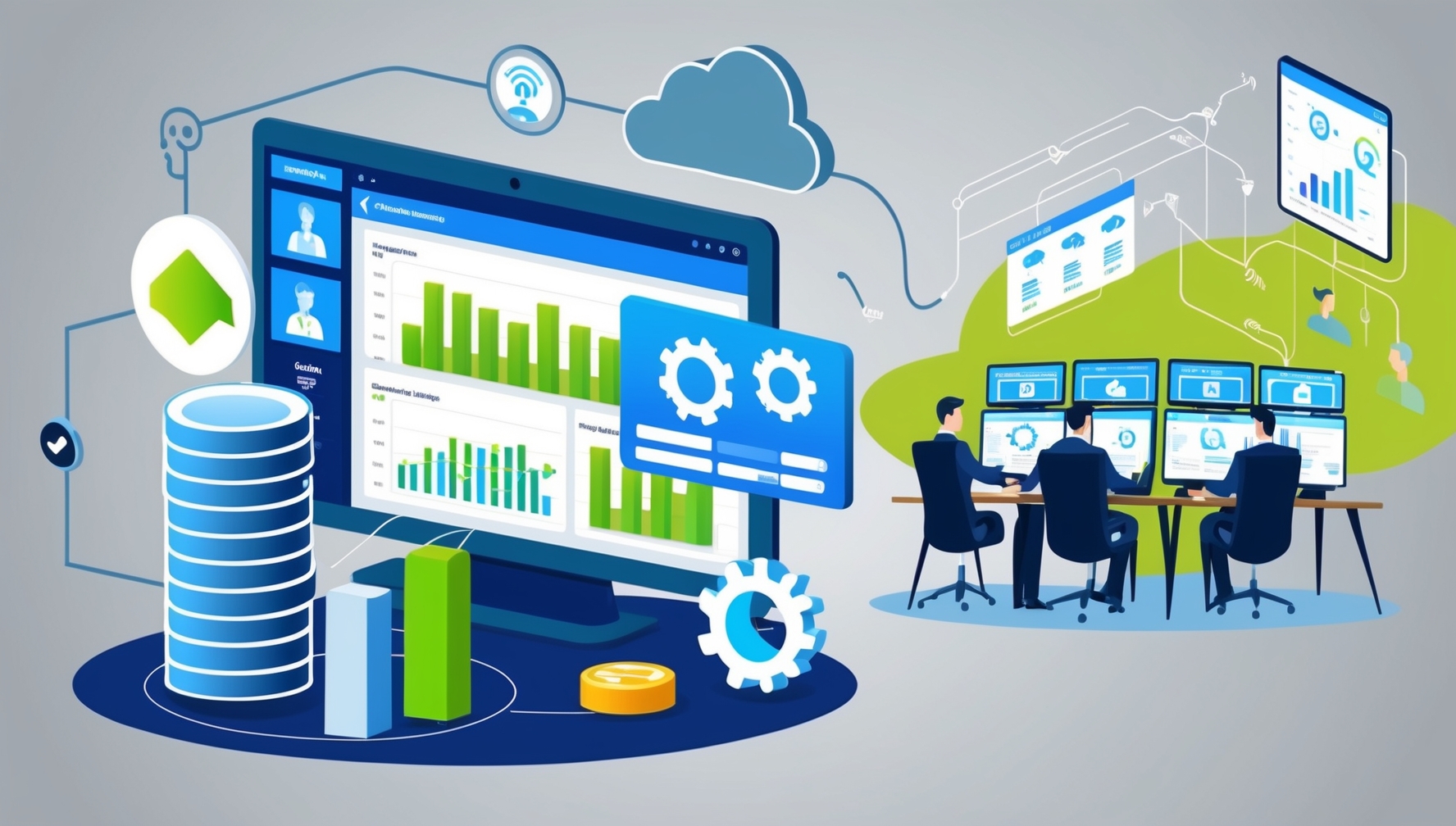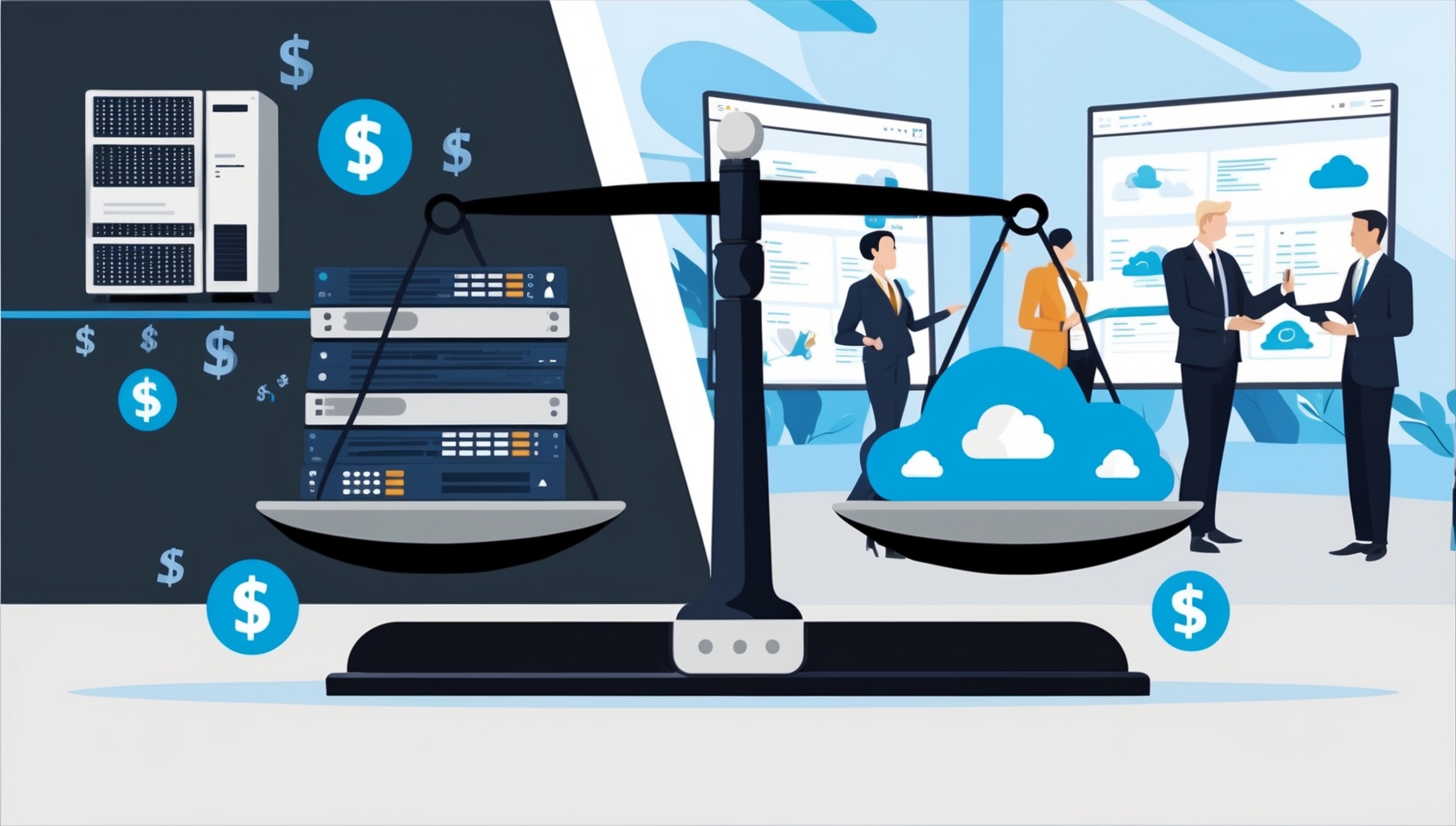The CFO Guide to Information Technology Total Cost of Ownership (TCO)
 Guide to Information Technology Total Cost of Ownership (TCO) provides a model to identify, select and fund the best IT projects.
 Guide to Information Technology Total Cost of Ownership (TCO) provides a model to identify, select and fund the best IT projects.
A framework to calculate the total cost of ownership (TCO) of a data center and network room.
A framework to calculate Total Cost of Ownership (TCO) for enterprise resource planning (ERP) systems.

A Framework to calculate full life cycle total cost of ownership (TCO) of business applications. This white paper delves into the critical factors influencing the total cost of ownership in enterprise applications, offering valuable insights for cost-efficient technology deployment.

This is detailed TCO analysis of cloud computing reveals how SMBs and mid-market enterprises can achieve significant cost savings and operational efficiencies. By comparing cloud-based and on-premise solutions, it highlights the benefits of reduced infrastructure expenses, predictable pricing, and streamlined implementation. IT leaders will find actionable insights to support strategic decision-making and leverage the economic advantages of cloud technologies.
 A high level overview of cloud computing, its benefits and value versus on-premise application deployment.
This paper presents a research study to evaluate six computing models using Total Cost of Ownership (TCO) framework.
The authors argue that "human costs" are often left out of total cost of ownership (TCO) calculations thereby leading to inaccurate analysis and results.
An improved method for measuring Total Cost of Ownership of data center and network room physical infrastructure and relating these costs to the overall Information Technology infrastructure
This paper provides the results from two total cost of ownership (TCO) based studies to make a case for migrating from mainframes to open system alternatives.